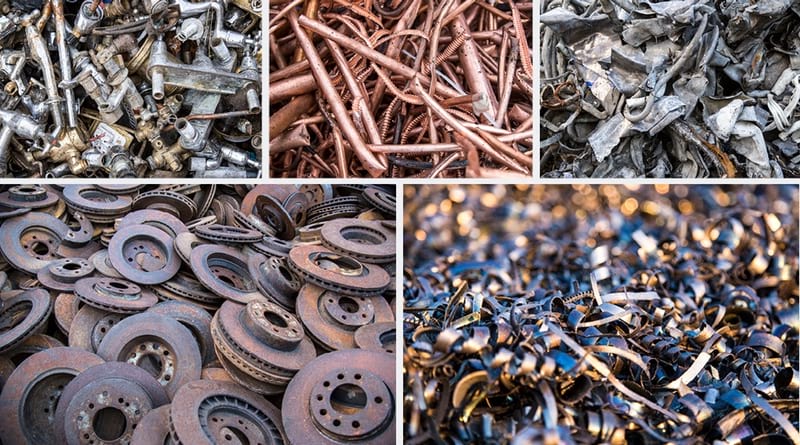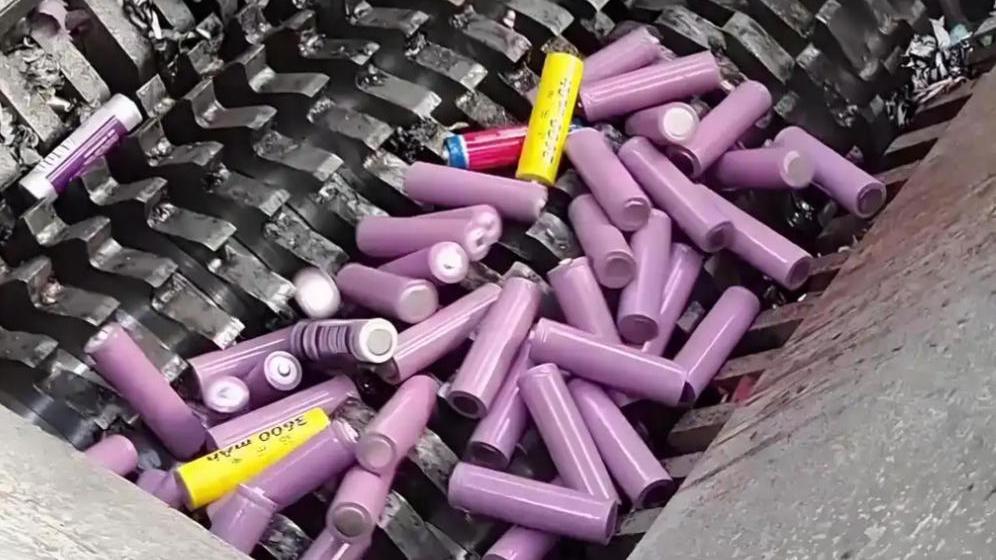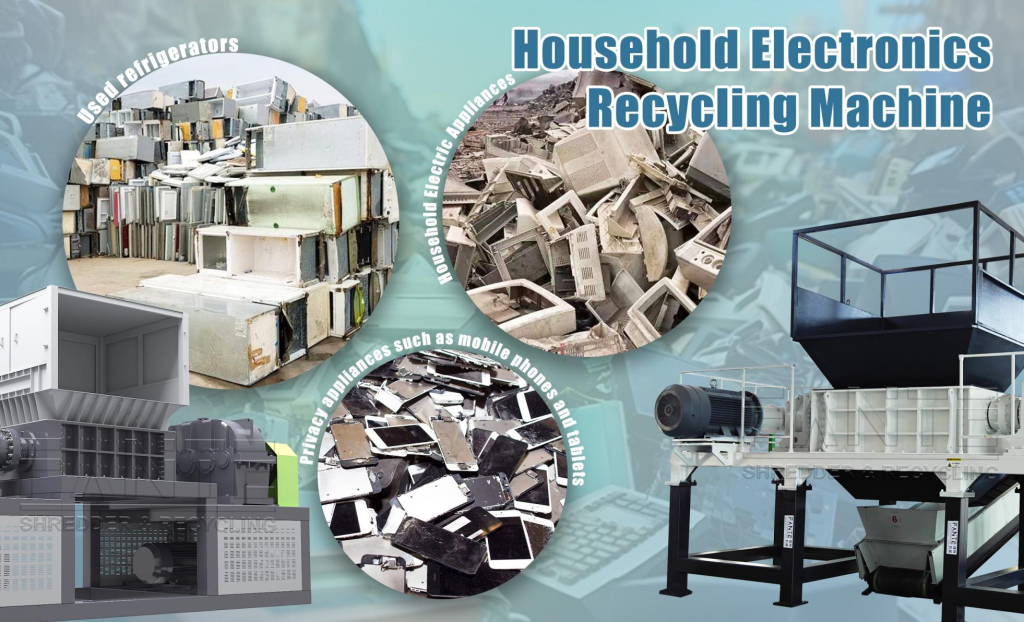With growing environmental concerns worldwide, waste recycling and resource recovery have become essential for sustainable development. waste recycling shredder play a crucial role in breaking down waste efficiently, reducing landfill burden, and supporting the circular economy. This article explores how waste recycling shredder contribute to waste management, resource reuse, and environmental protection.
1. The Role of Shredders in Waste Recycling
Enhancing Waste Processing Efficiency
Waste shredder quickly break down large waste materials—such as plastics, metals, wood, and electronic waste—into smaller, manageable pieces. This speeds up sorting, recycling, and reuse while reducing labor costs.
Reducing Waste Volume
By shredding bulky materials into compact pieces, transportation and storage costs decrease significantly. For instance, shredded plastic bottles or scrap metal take up less space, making logistics more efficient.
Handling Various Waste Types
Shredders are highly versatile and can process multiple waste materials, including:

- Plastics (PET bottles, films, packaging)
- Metals (aluminum cans, copper wires, old appliances)
- Wood (construction debris, furniture waste)
- Electronic Waste (circuit boards, cables, discarded devices
2. Shredders Enable Resource Reuse
Turning Waste into Recyclable Materials
Shredded waste can be repurposed into new products, reducing the need for raw materials. For example:
- Shredded plastic is processed into pellets for manufacturing new plastic products.
- Metal fragments are melted and reused in industrial production.
- Wood waste can be converted into biomass fuel or composite materials.
Supporting the Circular Economy
By transforming waste into valuable resources, shredders help businesses reduce production costs, lower dependence on raw materials, and promote sustainability.
Maximizing Resource Utilization
Advanced shredding and sorting technologies allow for the efficient extraction of valuable materials, such as recovering precious metals from electronic waste.
3. Shredders Support Environmental Protection
Reducing Landfill and Incineration
Using a shredder minimizes the amount of waste sent to landfills or incineration plants, reducing soil, air, and water pollution. For example, shredded plastics can be recycled instead of being burned.
Lowering Carbon Emissions
Recycling materials with shredders significantly reduces energy consumption. For instance, recycling aluminum requires 95% less energy than extracting it from raw ore.
Contributing to Global Sustainability Goals
Shredders align with the UN Sustainable Development Goals (SDGs), especially:
- Goal 12: Responsible Consumption and Production
- Goal 13: Climate Action
By reducing waste and promoting recycling, shredders support global efforts to combat climate change.
4. Future Trends in Shredder Technology
- Smart and Automated Systems – Future shredders will feature AI-based monitoring and automatic fault detection for improved efficiency.
- Energy-Efficient Designs – Modern shredders will incorporate high-efficiency motors and noise-reduction technology to minimize environmental impact.
- Integrated Waste Solutions – Shredders will work alongside sorting and baling machines to create comprehensive waste processing systems.
Conclusion
As a key tool in waste management and recycling, shredders help improve waste processing efficiency, promote the circular economy, and protect the environment. With continuous advancements in technology, shredders will play an even greater role in sustainable development.
If you’re interested in learning more about waste recycling solutions, contact us today! Let’s work together for a cleaner, greener future.



